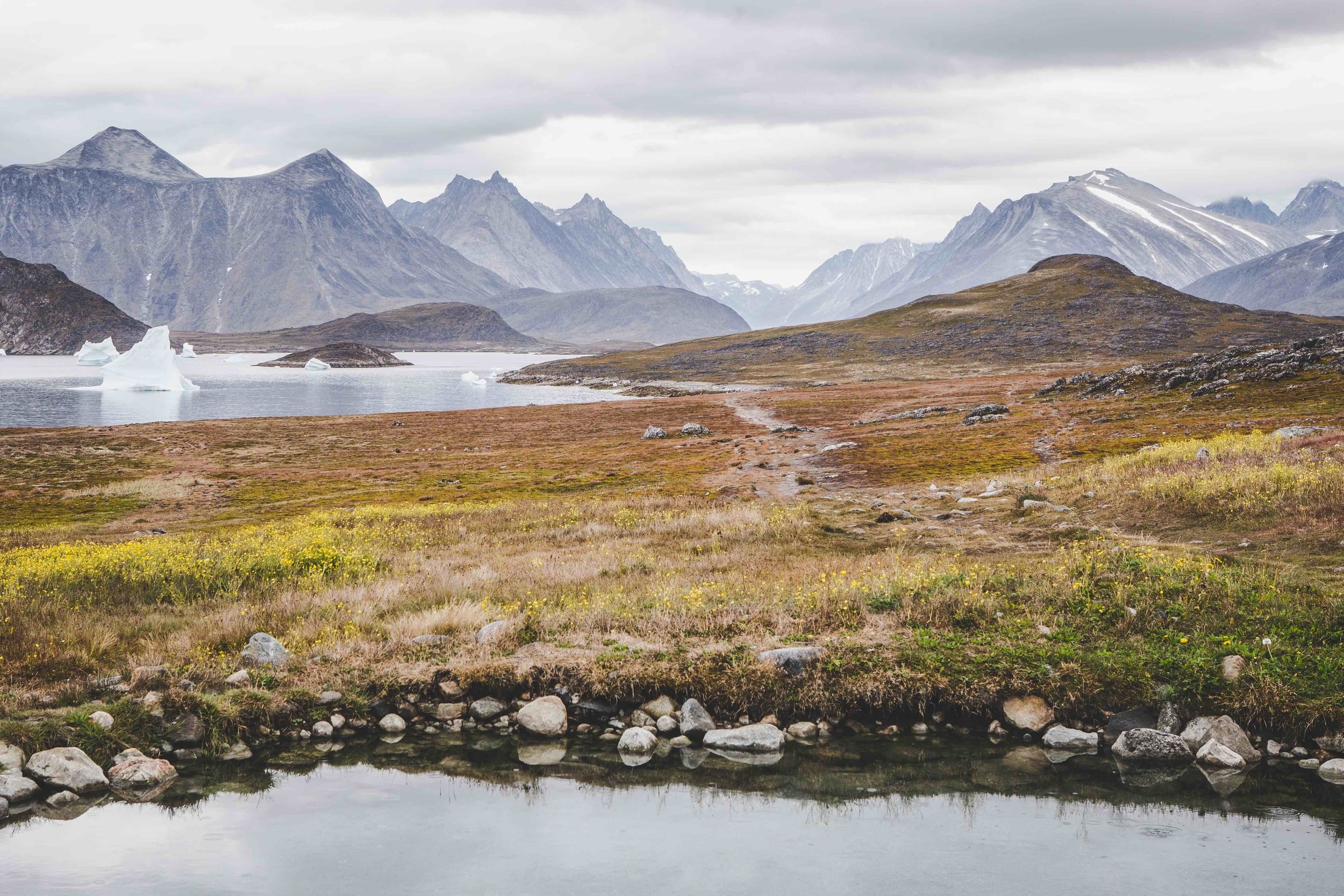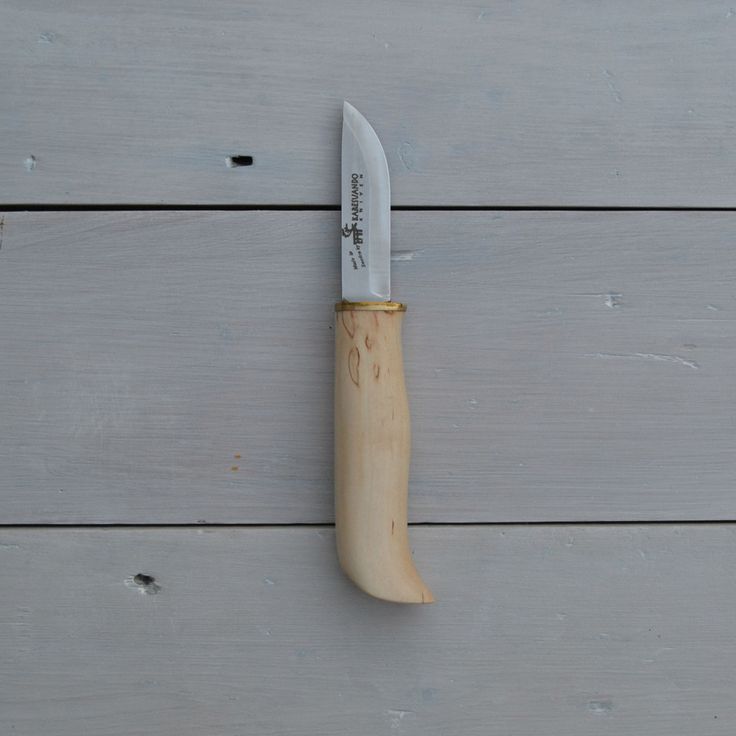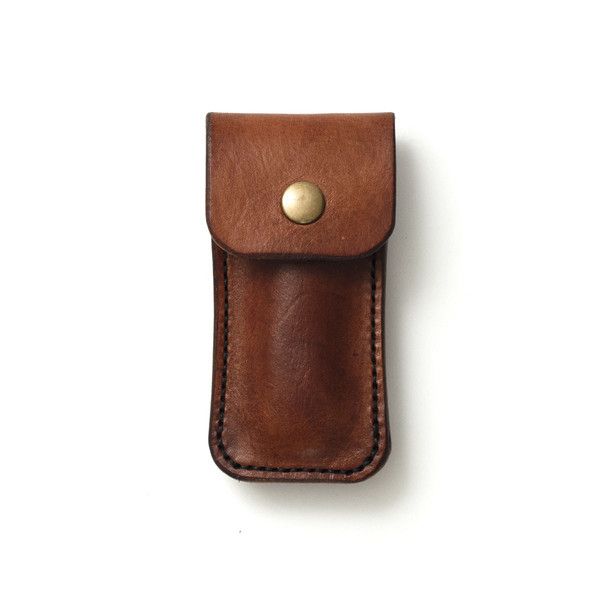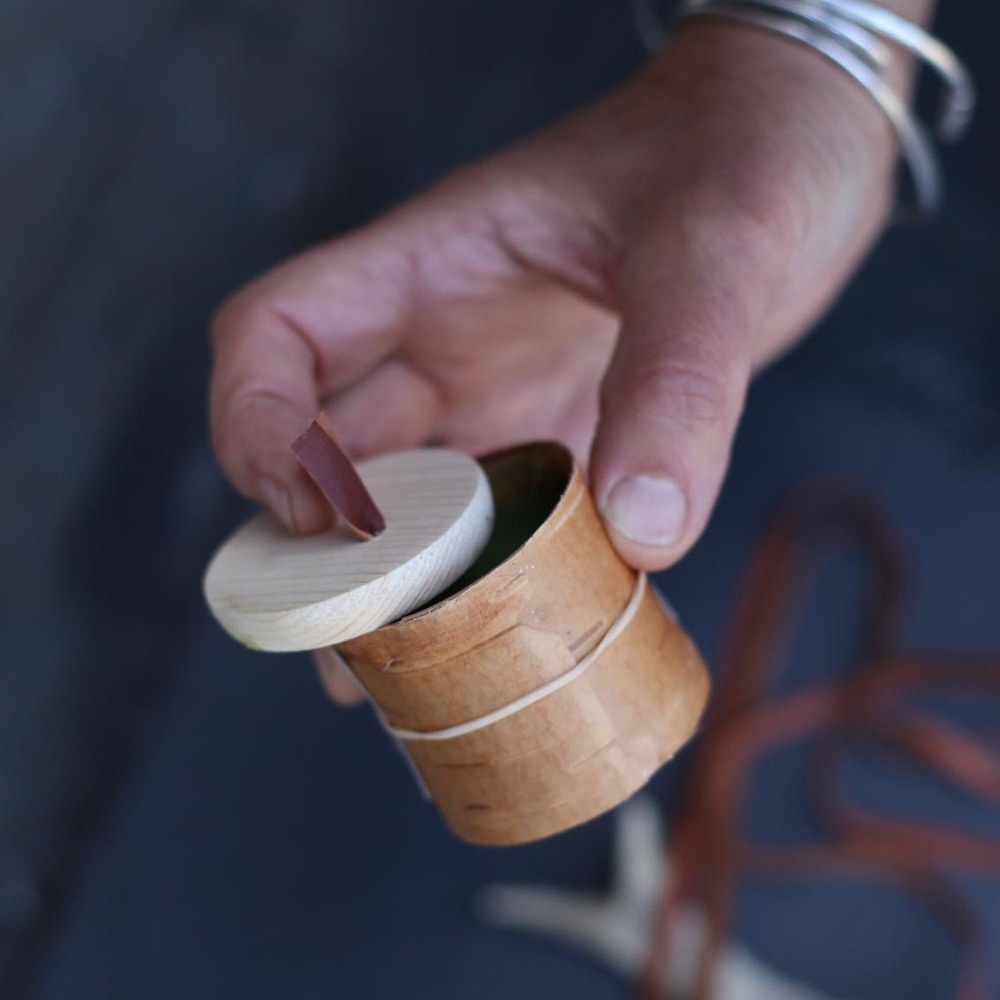The highly anticipated and Oscar-nominated movie The Revenant hits UK cinemas today. Mark Blackmore provides a little insight into the man behind the story – Hugh Glass: pirate, trapper, tribesman, mountain man, and one of history’s most obdurate, durable and vengeful men
Illustration: Jes Hunt
Details on Hugh Glass’s early life are sketchy, but the best guess seems to be that he was born in Philadelphia to Irish immigrant parents in 1783. He grew up to be a seaman, which was working out unremarkably enough until he was captured by pirates in 1816. Choosing a life of piracy over a quick walk off a plank, Glass remained with the pirate crew until 1818, when he seized an opportunity to jump overboard and swim two miles to shore.
Though Glass quickly gained a companion and moved north, living off the land, they were both captured by Pawnee Indians. Glass watched as the Pawnee hung his companion upside down, pushed hundreds of pine needles into his skin and set him alight. As he was about to meet the same fate, Glass saved himself by offering the Pawnee some vermilion, a highly-valued scarlet pigment that he happened to have in his pocket. So delighted were the Pawnee with this gift that Glass was spared and adopted into the tribe, taking a Pawnee wife and winning a valuable Hawken rifle in a skirmish with local rivals.
This state of affairs lasted until 1821, when Glass visited St Louis as part of a Pawnee delegation meeting with US authorities. He decided to stay, joined the fledgling Rocky Mountain Fur Company as a trapper, and in 1823 took part in an expedition up the Missouri River, headed by Andrew Henry and under the larger command of General William Ashley.
A grizzly encounter
Things started off badly, before quickly getting worse. First, Ashley’s men got involved in a skirmish with the Sioux and the Arikara, during which one trapper was killed and Glass was shot in the leg. Moving on, Andrew Henry took 14 men, including Glass, further upriver. It was at this point that Glass, while foraging for berries, stepped into a cleared area that he recognised as the nest of a mother grizzly bear.
The bear was present with her cubs, and immediately charged. Glass managed one shot with his Hawken rifle before she was on him, and he underwent the unenviable experience of witnessing her tossing pieces of his flesh to her cubs, who soon joined the attack.
Brought running by the noise, the other men arrived and shot the bears. Glass was unconscious, his leg broken, his back ripped open to the ribs and the rest of his body a mess of claw and bite wounds. Henry offered money for volunteers to stay with Glass until he died and then dig his grave before catching up with the main party, and two men, Fitzgerald and Bridger, stayed.
Left for dead
However, after a couple of days, Hugh Glass was mulishly refusing to die, and his minders were becoming frantic with fear of being discovered by one of the many roaming Arikara war bands. They decided that since Glass would surely soon give up the ghost, it could do no harm to take his rifle and other equipment, telling the others that Glass had died when they caught up. When Glass awoke some time later, he found himself mutilated, gangrenous, crippled, without weapons or equipment, in the middle of hostile Indian territory and some 200 miles from the nearest place of safety, Fort Kiowa on the Missouri River.
After lying on a rotting log to allow maggots to eat his infected flesh, Glass began to crawl towards the Cheyenne River, living on roots, insects, berries and discarded carcasses, for the next six weeks. There he built a raft, encountered friendly Indians who gave him weapons and sewed a bear hide onto his exposed back, and continued on to Fort Kiowa.
A lengthy recuperation followed, and a determination grew to kill Fitzgerald and Bridger, the men who had deserted him and left him for dead...





























